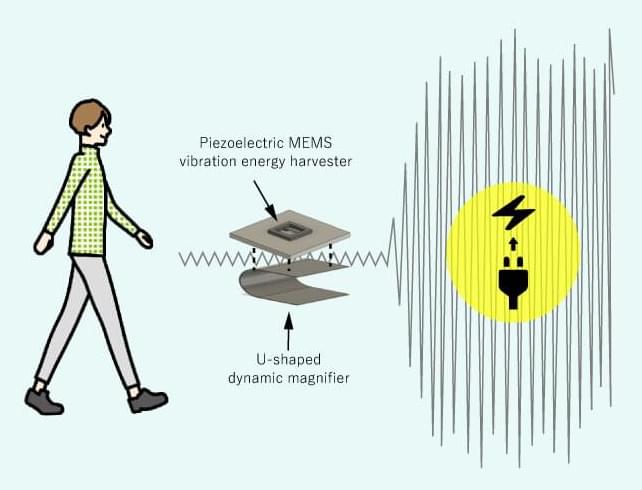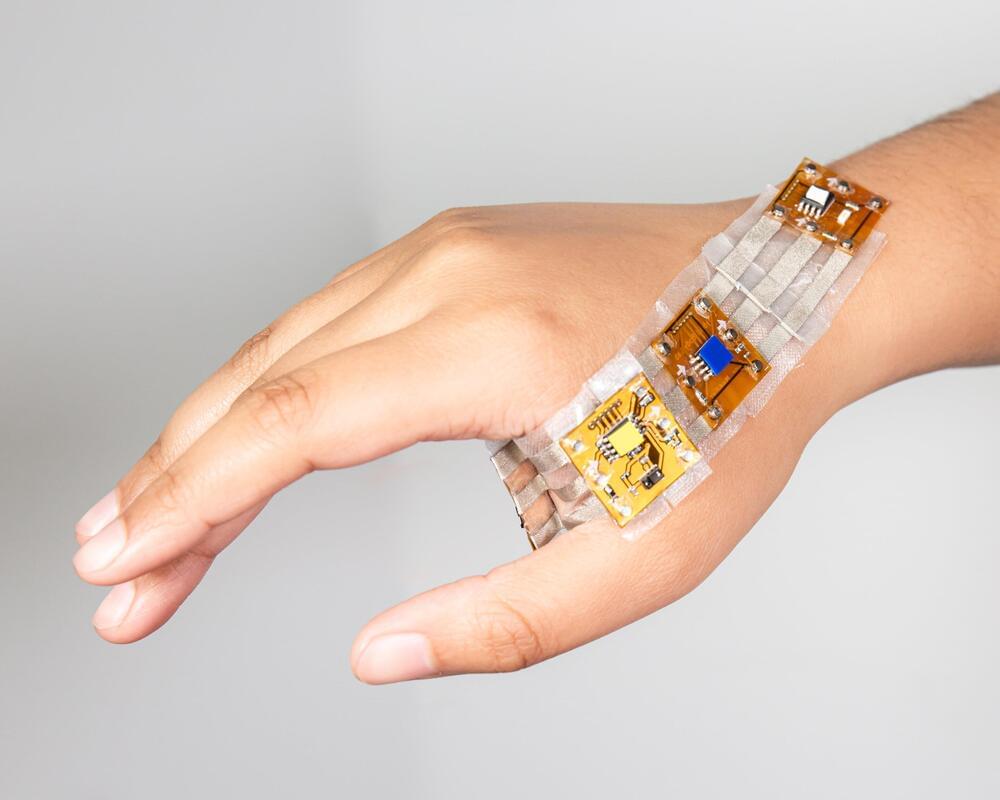Nov 29, 2022
High-performance and compact vibration energy harvester created for self-charging wearable devices
Posted by Shubham Ghosh Roy in categories: climatology, mobile phones, physics, wearables
Walking can boost not only your own energy but also, potentially, the energy of your wearable electronic devices. Osaka Metropolitan University scientists made a significant advance toward self-charging wearable devices with their invention of a dynamic magnifier-enhanced piezoelectric vibration energy harvester that can amplify power generated from impulsive vibrations, such as from a human walking, by about 90 times, while remaining as small as currently developed energy harvesters. The results were published in Applied Physics Letters.
These days, people carry multiple electronic devices such as smartphones, and wearable devices are expected to become increasingly widespread in the near future. The resulting demand for more efficient recharging of these devices has increased the attention paid to energy harvesting, a technology that converts energy such as heat and light into electricity that can power small devices. One form of energy harvesting called vibration energy harvesting is deemed highly practical given that it can transform the kinetic energy from vibration into electricity and is not affected by weather or climate.
A research team led by Associate Professor Takeshi Yoshimura from the Graduate School of Engineering at Osaka Metropolitan University has developed a microelectromechanical system (MEMS) piezoelectric vibration energy harvester that is only approximately 2 cm in diameter with a U-shaped metal component called a dynamic magnifier. Compared with conventional harvesters, the new harvester allows for an increase of about 90 times in the power converted from impulsive vibrations, which can be generated by the human walking motion.


















